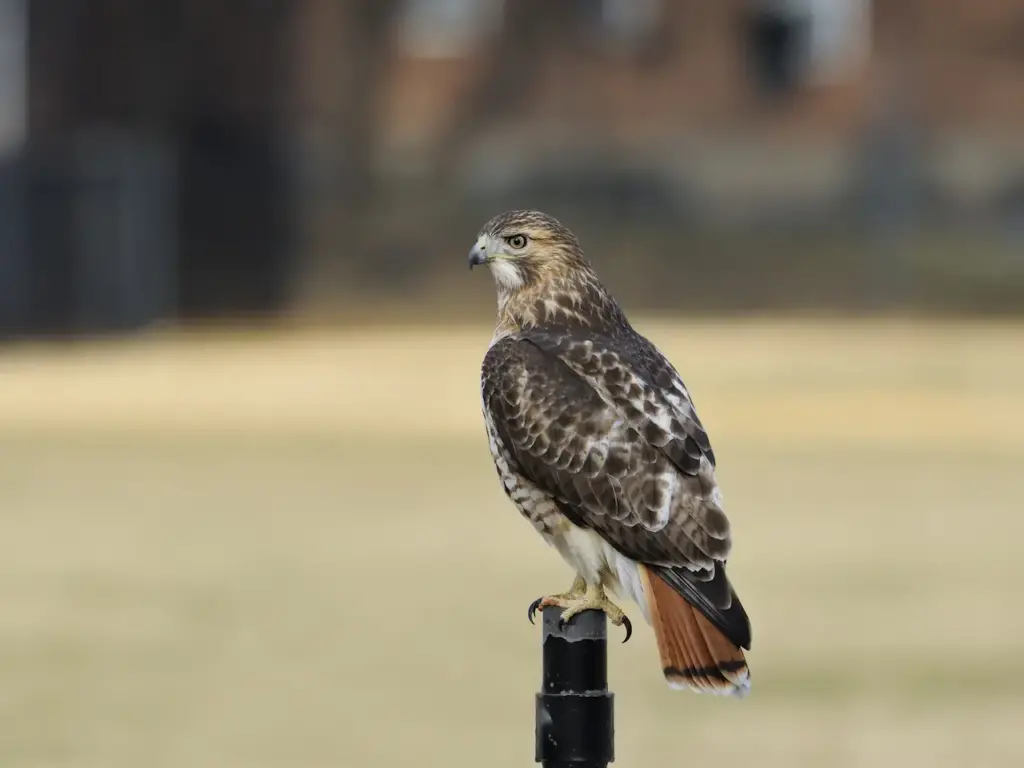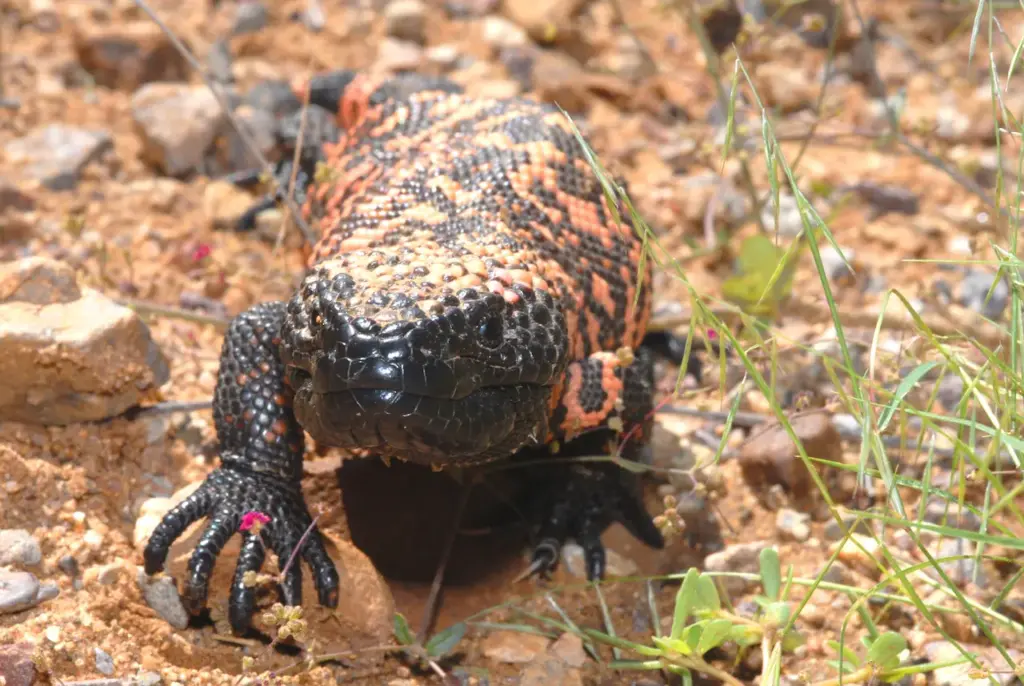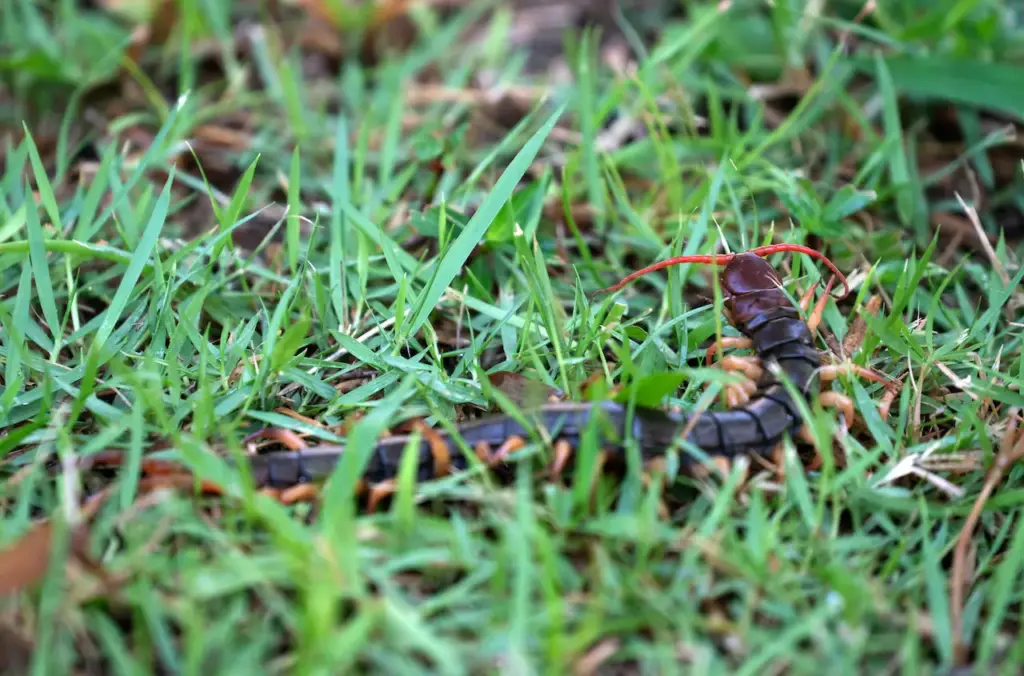What Eats A Tarantula?
Categories
- Accipitridae (1)
- Acrididae (1)
- Algae (2)
- Alligatoridae (1)
- Amoebidae (1)
- Amphibians (3)
- Anatidae (1)
- Anguillidae (1)
- Arachnids (2)
- Bears (2)
- Big Cats (3)
- Birds (13)
- Bovidae (5)
- Bufonidae (1)
- Camelids (1)
- Cameras (1)
- Canines (13)
- Caridea (1)
- Carnivora (10)
- Castoridae (1)
- Cats (5)
- Cebidae (1)
- Cephalopod (1)
- Cervidae (2)
- Cetacean (1)
- Chondrichthyes (1)
- Crocodilia (2)
- Crustaceans (4)
- Culicidae (1)
- Cyaneidae (1)
- Dasypodidae (1)
- Dasyurids (1)
- Deer (1)
- Delphinidae (1)
- Desktop (1)
- Didelphidae (1)
- Dinosaurs (1)
- Dogs (13)
- Dolphins (2)
- Echinoderms (1)
- Education (10)
- Elephantidae (1)
- Equine (1)
- Erethizontidae (1)
- Erinaceidae (1)
- Farming (1)
- Felidae (5)
- Fish (5)
- Food Chain (31)
- Food Web (2)
- Formicidae (1)
- Frugivore (1)
- Gaming (1)
- Gastropods (1)
- Giraffids (1)
- Great Apes (2)
- Health Conditions (3)
- Herbivore (4)
- Hi-Fi (1)
- Hippopotamidae (1)
- Hominidae (1)
- Insects (10)
- Invertebrates (2)
- Keyboards (1)
- Laptops (1)
- Leporidae (1)
- Mammals (23)
- Marsupials (4)
- Mephitidae (1)
- Microchiroptera (1)
- Mollusks (2)
- Mongoose (1)
- Muridae (1)
- Nocturnal Animals (1)
- Odobenidae (1)
- Omnivore (2)
- Phasianidae (1)
- Phocidae (1)
- Plankton (1)
- Plants (2)
- Primate (1)
- Ranidae (1)
- Reptiles (7)
- Rhinocerotidae (1)
- Rodents (5)
- Salamandridae (1)
- Scarabaeidae (1)
- Sciuridae (2)
- Sharks (1)
- Shellfish (1)
- Sound (1)
- Spheniscidae (1)
- Suidae (1)
- Superfamily Papilionoidea (1)
- Theraphosidae (1)
- What Eats (5)
Tarantulas are large, hairy spiders that live in warm areas around the world. Over 1,000 different species exist – mostly active at night hunting small insects, lizards, and rodents for food.
But despite the intimidating size, tarantulas have their own set of predators trying to make meals out of them. Well-camouflaged burrows provide tarantulas refuge from many predator attacks during the day.
But threats still lurk when tarantulas emerge at night or fall victim during periods of vulnerability like molting. Birds, mammals, reptiles, amphibians, and insects all eat tarantulas when opportunities arise.
In this article, we will go through the following 6 predators that eat a tarantula.
Table of Contents
Toggle
Birds
As skillful aerial hunters, birds eat their fair share of tarantulas. Hawks, owls, and roadrunners spot tarantulas moving about on the ground, swooping down to snatch them up with razor-sharp talons.
Vultures use their keen sight to locate dead and dying tarantulas that make easy scavenged meals. Crafty crows utilize tools like sticks and rocks to flip tarantulas over before consuming their exposed undersides.
But secretive owls enjoy feasting on tarantulas the most. Under the cloak of night, stealthy barn owls glide just above the landscape, employing exceptional hearing to pinpoint where tarantulas crawl about.
Once detected, they dive in to grab tarantulas with fierce talons. The giant burrowing owl specializes further – inhabiting abandoned tarantula burrows as nests! Here, they catch tarantulas as they emerge at night near home entrances.
While able fliers, tarantulas prove awkward and slow on the ground. These giant spiders rely on camouflage and burrows to hide from bird attacks. But molting and male roaming make tarantulas temporarily vulnerable as hungry birds constantly watch from above.
Snakes
Snakes rank among the top predators of tarantulas. Excellent clambers and adept at entering burrows, snakes hunt tarantulas in their underground lairs.
Rat snakes, kingsnakes, racers, and whipsnakes all feed on big spiders, including tarantulas. Their lightning-quick strikes grab hold before tarantulas detect danger.
Specialist snake species like the tarantula hawk wasp snake even prey predominantly on tarantulas.
Growing over 6 feet long, these snakes infiltrate tarantula burrows in search of the large spiders. Once found, they bite down with rear-facing fangs to subdue dangerous prey before constriction and consumption.
Chemical cues alert snakes to signs indicating tarantulas in the vicinity. Slithering into burrows, snakes use heat-sensitive pits lining their mouths to target tarantulas in the darkness.
Ambush comes swiftly once pinpointing their hairy victims. For tarantulas, danger lurks both outside and inside their homes.
Lizards
Many large lizard species, including monitors, tegus, and Gila monsters, feed on tarantulas. Their scales offer protection from spider fangs and urticating hairs, allowing them to overpower and consume spider prey.
Raptorial lizards like the Gila monster latch on with vice-like jaws, injecting immobilizing venom through chewing as tarantulas struggle.
But the ultimate tarantula-eating lizard roams southwest America. The aptly named tarantula hawk wields specialized spider deterrent adaptations, allowing it to feat on sizable tarantulas.
Thick skin, a protective plastron to block stings, and resistance to tarantula venom give them a great advantage. Speed, agility, and lightning ambush make them formidable adversaries.
Stealthy stalking lets tarantula hawks sneak up and hop onto tarantulas’ backs before they can react. Sharp claws and beaks make short work of the giant spiders. Specialized appetite and physical traits equip the tarantula hawk for this risky lifestyle.
Mammals
Hooved mammals surprisingly prey on tarantulas encountered while foraging. Wild pigs root through ground soil and vegetation in search of insects, grubs, lizards, and plant bulbs.
If coming across a tarantula den, pigs expose and consume spiders, eggs, or young residing within. Goats and sheep also eat spiders and have been observed preying on wandering male tarantulas.
But the mammal most feared by tarantulas is the grasshopper mouse. Unlike other small mice, grasshopper mice hunt prey rather than eat seeds and plants. Nocturnal and aggressive, they stalk insects, scorpions, and even small snakes.
Coming across a tarantula, grasshopper mice overwhelm them with coordinated fierce attacks using sharp teeth and claws. Their fierce dispositions give them an advantage against much larger spider prey.
Other small mammal predators like shrews, moles, and rats also kill and eat tarantulas when discovering them in shared habitats.
Coatis exhibit group mobbing behaviors to take down sizable spiders and insects through coordinated harassment. For solitary tarantulas, swarming mammals bring dangerous outcomes.
Wasps
Solitary wasps represent another formidable tarantula predator. Female tarantula hawks, wheel spiders, and dirt daubers all specialize in paralyzing and cocooning spider prey.
The largest spider wasp, Pepsis grossa, targets tarantulas in Mexico and South America. Their painful sting temporarily paralyzes tarantulas before being dragged by wasps back to burrows.
Here the living yet immobile spider hosts tarantula hawk eggs and larvae that slowly consume non-vital organs when hatching.
One wasp offspring develops per spider, emerging from the empty tarantula exoskeleton once mature. This gruesome lifecycle depends upon successfully subduing dangerous tarantula prey.
Smaller dirt daubers employ similar strategies, cementing paralyzed tarantulas into ground nest cells. Their numerous offspring develop by extracting fluids from tarantulas sealed within the burrow walls.
Diverse solitary wasps all wield venom, granting them the capacity to exploit formidable spiders, including notoriously aggressive tarantulas, as living nurseries for their young.
Centipedes
As venomous predators themselves, tarantulas occasionally fall victim to attacks by giant centipedes. These multi-legged arthropods deliver immobilizing and liquefying bites rapid-fire to subdue large spider prey.
Their elongated bodies allow tackling of prey much larger than themselves – including bulky tarantulas. Desert variants like the giant Sonoran centipede hunt in territories overlapping those frequented by tarantulas.
Nearly a foot long, these centipedes hesitate at nothing once in attack mode. Their venom quickly overpowers tarantulas while joined sets of mouthparts tear through flesh rapidly.
Even the tarantula’s sizable fangs cannot penetrate the hardened centipede shell in defense. Once latched onto legs or body, agile centipedes circle swiftly out, maneuvering spider prey attempts to bite back.
Giant tropical centipedes also prey on large spiders. Lightning-fast strikes pin down legs as venom penetrates to destroy tissue and nerves. Overwhelmed by centipedes’ forward-mounted venom claws, tarantulas make it difficult for prey to deter these persistent predators.
Overcoming tarantula’s dangerous bites in close encounters demands physiological adaptations and ruthless killing instinct possessed by few other arthropods.
Conclusion
Tarantulas may seem like intimidating spiders, but they still have their own predators to watch out for. Birds expertly snatch them from above on remote landscapes. Snakes infiltrate the depths of tarantula burrows, attacking by surprise underground.
Monitors and Gila monsters use protected bodies paired with strength, speed, and venom to overwhelm tarantulas that cross paths.
Tiny grasshopper mice mob tarantulas are utterly fearless of being bitten. Solitary wasps turn the table, stinging tarantulas to paralysis in order to implant offspring that feed within their bodies.
Giant centipedes wield venom claws, delivering rapid, liquefying bites that even giant spiders struggle to defend against. Nowhere remains truly safe for tarantulas facing such diverse, lethal predators.
Only by breeding prolifically do tarantulas endure constant threats long enough to pass genes onto offspring. This ensures the next generation of spiders proves to be wily, defensive, and well-hidden enough to repeat the cycle of life in hostile environments.



